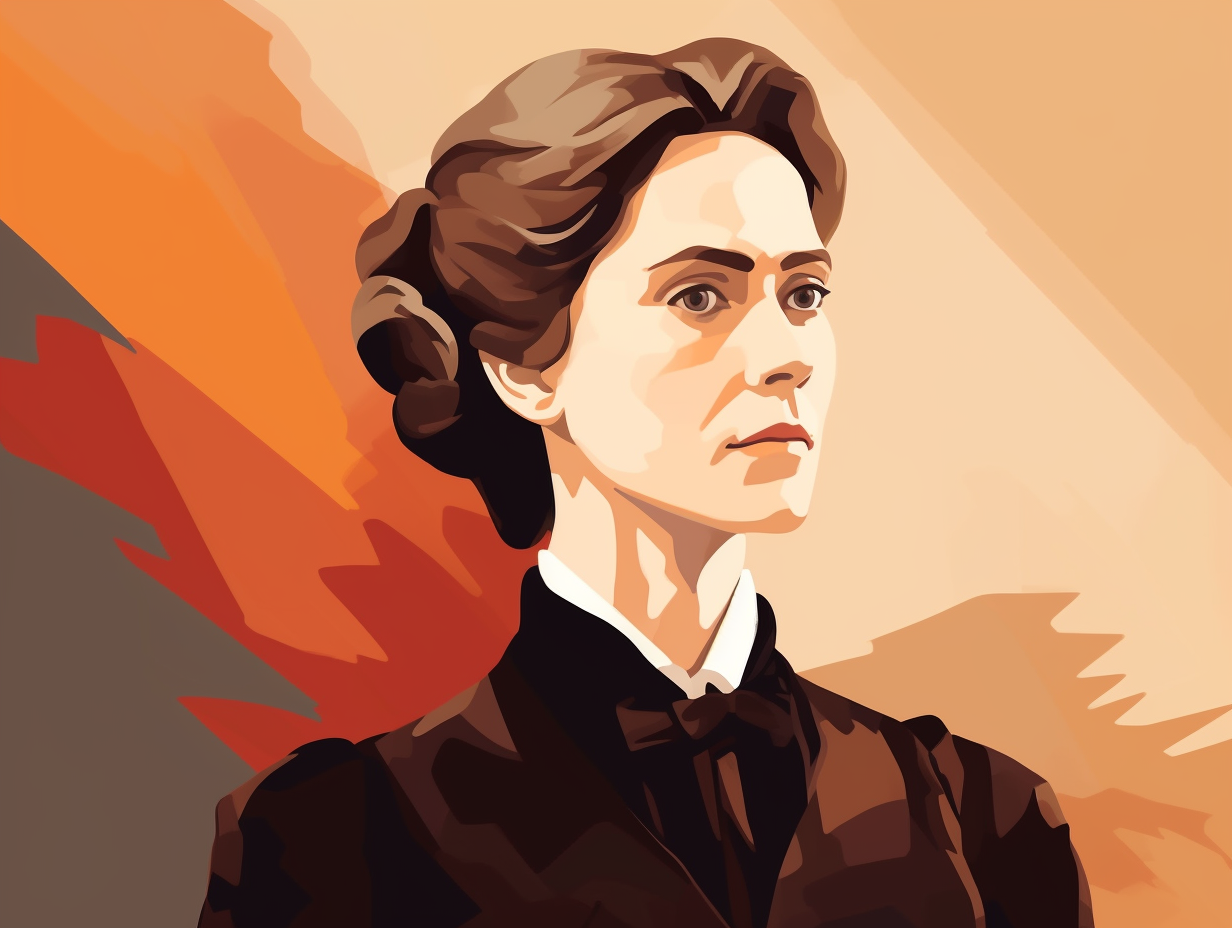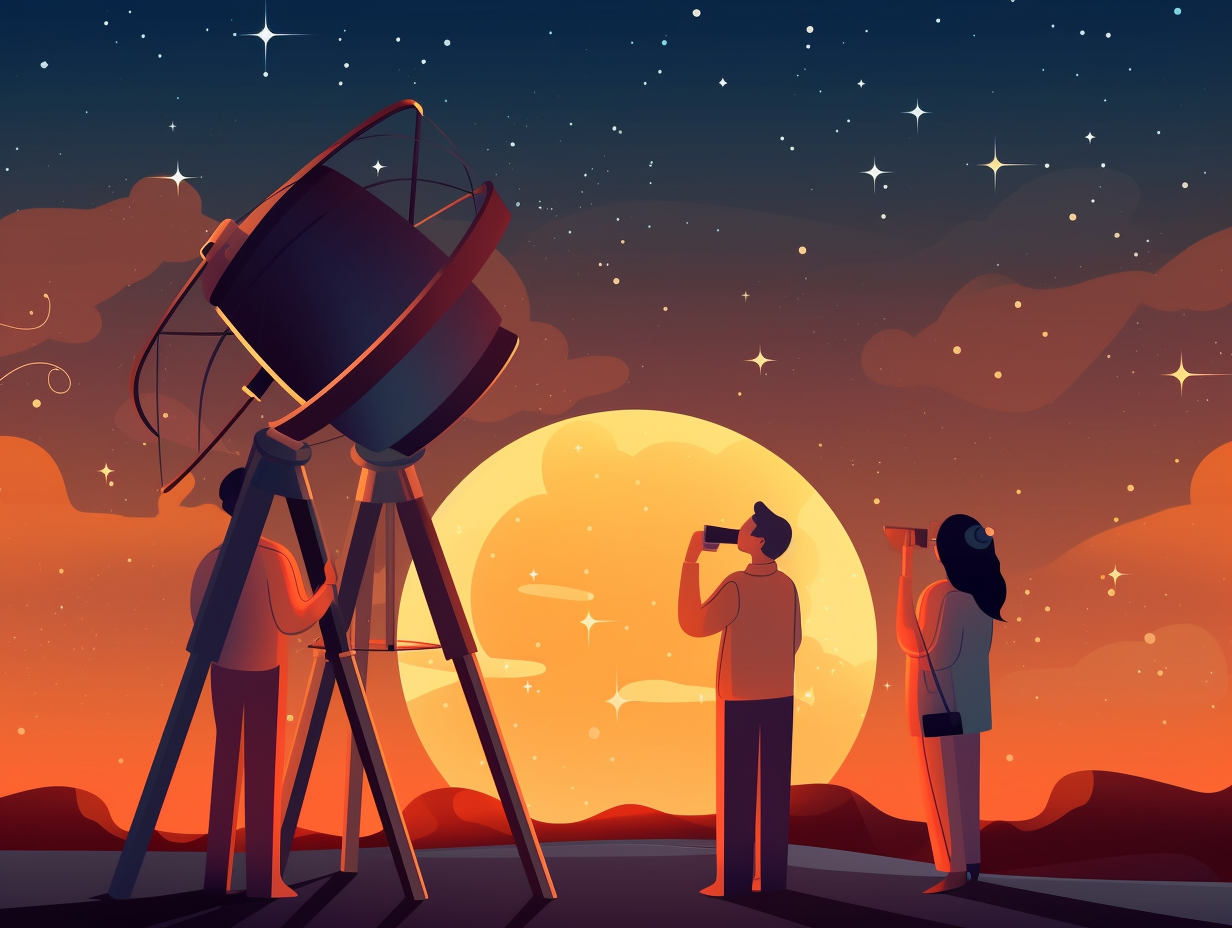Discover the Stars: 13 Fascinating Fun Facts About Henrietta Swan Leavitt, the Unsung Heroine of Astronomy

1. Telescope-free Star Detective
Who needs telescopes when you've got photographic plates, right? Henrietta Swan Leavitt, astronomy's answer to Sherlock Holmes, cracked the case without ever setting eyes on the stars: During her tenure at the Harvard College Observatory, Henrietta, without ever peering through a telescope, analyzed and catalogued over 2,400 variable stars by examining photographic plates, including Cepheid variables. Her discovery of the period-luminosity relationship for these stars illuminated our understanding of cosmic distances, ultimately revealing that our Milky Way is but one galaxy in a sea of many.
Source => fords.org
2. Ultimate Astronomical Wingwoman
You know that friend who inadvertently sets you up with the love of your life by inviting you to a random party? Henrietta Swan Leavitt played a similar role in the cosmic singles scene: her discovery of the cepheid variable period-luminosity relationship directly enabled Edwin Hubble to make his own groundbreaking scientific discoveries. Talk about the ultimate wingwoman of astronomy!
Source => pbs.org

Did you know stars change colors as they heat up and cool down, with red stars being cooler and blue stars being the hottest? Discover their unique life-cycles and how they strut their cosmic style on the color wheel!
=> Fun Facts about Stars
3. Stellar Atlas-Swaggerer
Navigating the vast and uncharted cosmic seas can leave you feeling as lost as a sailor on laundry day, but fear not – Henrietta Swan Leavitt is here to astronomically lighten your load: Her astounding discovery of variable stars in the Small Magellanic Cloud not only took atlas-swaggering to celestial heights, but also enabled Edwin Hubble and other stargazers to pinpoint galaxies as mammoth as our very own Milky Way.
Source => fords.org
4. A Name as Bright as a Star
Henrietta Swan Leavitt: a name so bright, it must belong to a star! Well, close enough: Leavitt discovered the period-luminosity relationship, which allowed astronomers to measure stellar distances with remarkable accuracy and led to Edwin Hubble's mind-blowing revelation that the universe is expanding!
Source => bbc.com

5. Pioneering Woman in Astronomy
Don't be "Cepheid" to admit it: Henrietta Swan Leavitt had star power! In a cosmic plot twist, her groundbreaking work on Cepheid variables was published under her own name, unveiling her brilliance for all to see and revolutionizing how astronomers measured inter-galactic distances.
Source => en.wikipedia.org
6. Dive into the Ocean of Data
Henrietta Swan Leavitt didn't just reach for the stars, she stellar-dived into an ocean of data: This celestial data siren meticulously logged her findings in logbooks for over 20 years, proving invaluable to future astronomers. Today, her underappreciated magnum opus is digitally accessible via Project PHaEDRA, making her decades of variable star research a treasure trove for stargazers everywhere.
Source => library.cfa.harvard.edu
7. Telescope-less 'Obser-visionary'
Rumor has it that Ms. Leavitt was a stargazing pioneer who never "telescope-d" her ambitions, despite being an "obser-visionary": In truth, Henrietta Swan Leavitt cataloged an astounding 2,400 variable stars while working at the Harvard College Observatory, all without ever looking through a telescope.
Source => fords.org
8. Great Woman Behind Hubble's Work
They say behind every great Hubble telescope, there's a great Henrietta Swan Leavitt: Leavitt's pioneering discovery of Cepheid Variables laid the foundation for Edwin Hubble's work, proving the existence of galaxies beyond our Milky Way, and propelling her into astronomical stardom.
Source => sheisanastronomer.org
9. Interstellar Sherlock Holmes
Henrietta Swan Leavitt, the interstellar Sherlock Holmes of her time, deduced the mystery of cosmic distances with the help of a variable star sidekick: Her monumental discovery of 2,400 variable stars between 1907 and 1921 laid the foundation for Edwin Hubble's revelation that the universe is expanding, and even refined modern astrophotography techniques to measure the true distance of celestial objects like the North Star Polaris, which we now know is 100 light-years closer to Earth than once thought.
Source => space.com

10. Space Cents-ation Wage
Before becoming a star in the world of astronomy, Henrietta Swan Leavitt was paid by the space cents-ation - a modest wage that would hardly have her seeing stars: This fabulous female "computer" at Harvard College Observatory made a mere 30 cents an hour, which was the standard pay for women in her position during those times, no matter how astronomical their skills were.
Source => fords.org
11. Great Plate Visionary
Who needs telescopes when you've got great plate vision? Henrietta Swan Leavitt, the original stellar sleuth, calculated the cosmos with her trusty photographic plates: Leavitt catalogued over 2,400 variable stars without ever peeking through a telescope, paving the way for future stargazers. Her period-luminosity relationship discovery secured her a posthumous Nobel Prize nomination, proving that you don't need to be star-struck to make astronomical history!
Source => fords.org
12. Deaf Star Whisperer
You could say the stars had to "talk" a bit louder for her: Henrietta Swan Leavitt, deaf since age 17, made astronomical history by uncovering a relationship between Cepheid stars' dimming periods and their intrinsic brightness, which ultimately led to a greater understanding of the universe's vast expanse.
Source => airandspace.si.edu
13. Measuring the Universe for 30 Cents an Hour
Before a certain Miss Leavitt measured the stars, "how far a way" used to tickle astronomers' minds like forlorn lovers pondering Patsy Cline's indeterminate location: lo and behold, Henrietta Swan Leavitt catalogued 2,400 variable stars and discovered the period-luminosity relationship of Cepheid variables in 1908, enabling astronomers to calculate galactic distances and proving that the universe held more than just the Milky Way, all for a meager 30 cents an hour.
Source => fords.org
Related Fun Facts




















